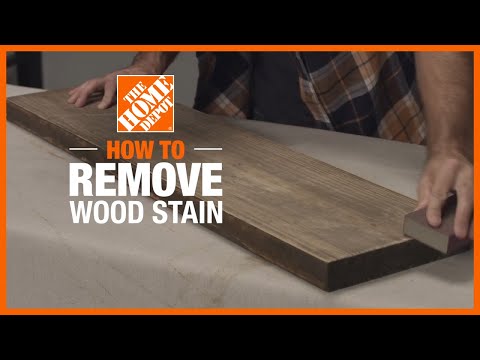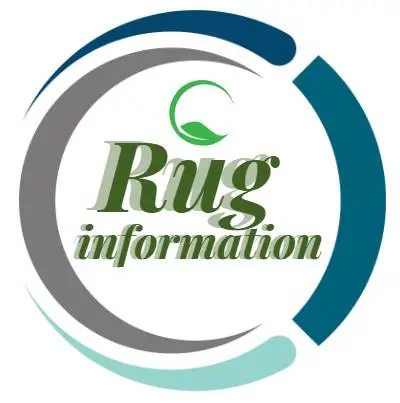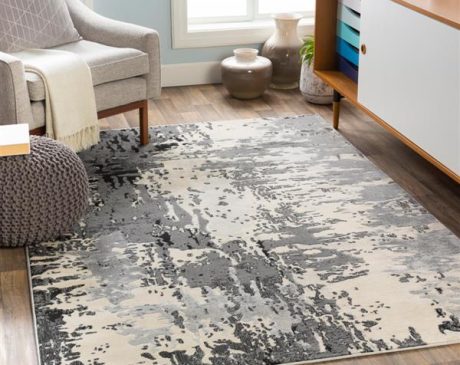How do you remove dried wood stain?

Removing dried wood stains can be a tricky task. Depending on the type of stain, the age of the stain, and the type of wood, there are a few different methods you can use to remove the dried wood stain. These methods include sanding, using rubbing alcohol and using a chemical stripper. With any of these methods, it is important to wear protective gear, such as gloves and safety glasses, and to work in a well-ventilated area. Furthermore, it is important to test any cleaning solution or chemical stripper on a small area of the wood before applying it to the entire surface. With the right preparation and care, you can successfully remove dried wood stains and restore the wood to its original beauty.
Overview of Wood Stain Removal
Wood stain removal can be a daunting task for any homeowner, but it doesn’t have to be. With the right tools and techniques, you can easily and quickly remove even the toughest wood stains. This guide will provide an overview of the process and help you better understand the steps involved in removing wood stains. From selecting the right type of cleaner to applying the stain remover and finishing with a sealer, you can make sure your wood surfaces look as good as new. Don’t let wood stains stand in your way – use this guide to get the job done right.
Preparing the Area and Stain
This blog is about “Preparing the Area and Stain” which is a necessary step to creating a beautiful, long-lasting finish on your woodworking project. We’ll discuss the different ways to prepare the area and the different stains you can use to achieve different looks. You’ll learn how to use a variety of tools and techniques to properly prep the area and apply the stain for a durable, professional-looking finish. We’ll also discuss different types of stains and how to choose the right one for your project. With the tips and advice in this blog, you’ll be prepared to create a beautiful, professional-looking finish on your next woodworking project.
Removing Fresh Stains
Cleaning up stains can be a daunting task, especially when they are fresh. However, with the right tools and techniques, removing fresh stains can be a breeze. Whether it’s juice, coffee, ink, or dirt, the right approach can help make the job easier. Start by blotting the stain with a damp cloth and then use a cleaning agent designed for the specific stain. For difficult stains, let the cleaning agent sit for a few minutes before blotting it again. If the stain persists, repeat the process until it is gone. With the right tools and a bit of know-how, removing fresh stains doesn’t have to be a chore.
Treating Dried Stains
Dried stains can be a tricky thing to tackle. They can be persistent and require a bit of work to properly remove. However, with the right approach, you can effectively treat and remove those stubborn old stains. Start by soaking the stained fabric in warm water with a mild detergent, and then use a brush to gently scrub the affected area. You can also use a spot cleaner to target particularly tough stains. With a little TLC, you can successfully remove and treat dried stains and restore your fabrics to their former glory.

Alternatives to Removing Dried Stains
Dried stains can be a nuisance to remove. But don’t worry, there are plenty of alternatives to removing these pesky blemishes. From using a commercial stain remover to applying a mixture of baking soda and vinegar, there are plenty of methods you can use to tackle the toughest stains. You can also use a steamer or an iron to loosen the stain before applying a cleaning solution. Additionally, you can use a combination of detergent and hot water to help break down the stain. Finally, if all else fails, you can try using rubbing alcohol or hydrogen peroxide to dissolve the stain. With these easy alternatives, you can remove those dried stains in no time.
Tips for Future Stain Prevention
Stains can be difficult to remove from fabrics and carpets, but prevention is always easier than treatment. Follow these simple tips for future stain prevention:
- Act quickly! Blotting up spills as soon as they happen will help reduce the risk of staining.
- Know the enemy! Identify the type of stain and act accordingly.
- Don’t rub! Scrubbing the stain will cause further damage.
- Blot and rinse! Rinse the stain with cold water and blot it until no more moisture is absorbed.
- Pre-treat! Apply a pre-treating solution to the stain before attempting to clean it.
- Use the right products! Use the right cleaning products for the type of fabric and stain.
With these tips, you can help prevent future stains and save yourself time and money in the long run.
Cleaning and Maintaining Wood Surfaces
Wood surfaces bring a warm, inviting look to any home. However, in order to keep them looking their best, they must be properly cleaned and maintained. Cleaning and maintaining wood surfaces involves removing dirt and dust, refining the wood’s finish, and protecting the surface from scratches and water damage. To clean wood surfaces, use a soft cloth dampened with warm water and mild detergent. Rub in a circular motion to remove dirt. Refine the wood’s finish by using a store-bought wood conditioner. Finally, apply a protective sealant to protect the wood from scratches and water damage. With regular cleaning and maintenance, your wood surfaces will look beautiful for years to come.
Conclusion
Removing dried wood stains can be a tricky task, but with the right tools and techniques, it can be done. Using a combination of sandpaper, chemical strippers, and steel wool, you can remove the stain and restore the wood to its original look. Be sure to wear protective equipment such as gloves, safety glasses, and a respirator when working with hazardous materials. Taking the necessary precautions and using the right tools and techniques will help you remove dried wood stains and restore the original beauty of the wood.



